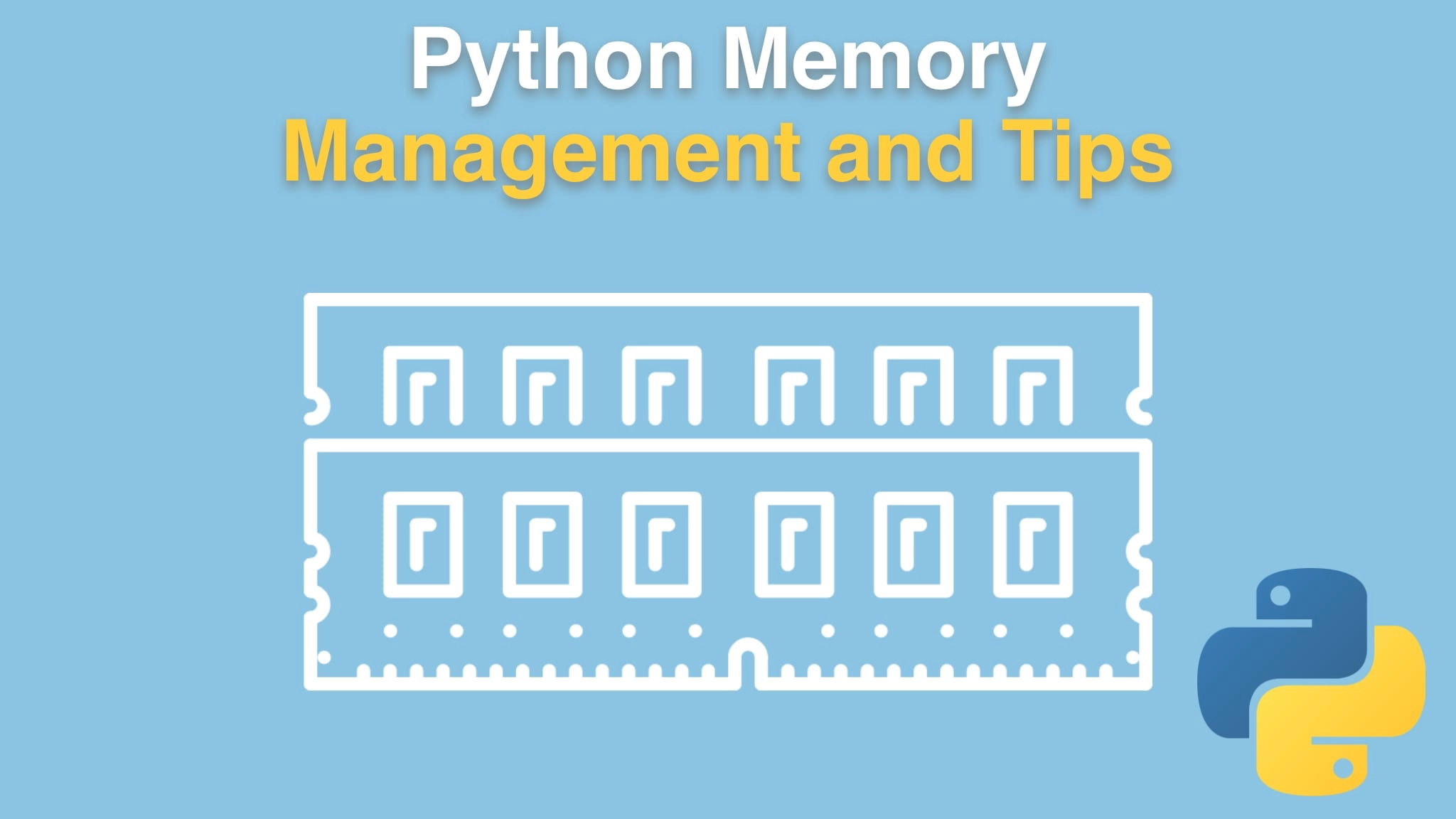Python Memory Management and Tips Transcripts
Chapter: Investigating memory usage
Lecture: A data science-focused profiler
Login or
purchase this course
to watch this video and the rest of the course contents.
0:00
I think memory profiler does a pretty good job, but sometimes you're using certain libraries or other things that maybe it's not going to do
0:09
a great job of capturing information about, and so we can go and use another one that's really built for data science use cases.
0:17
What do I mean by that? Its job is to find precise places where memory hits its peak. And if you're doing data science,
0:26
you want to run a script and you're gonna say, Well, we're gonna need however much memory,
0:29
the top of that graph basically is going to require, and notice when
0:33
we were doing the graph it was doing sampling rather than actually hooking into the allocation mechanisms being
0:39
used. We're gonna use this thing called "Fil", and Fil was meant to basically do memory profiling for these scripts that run a few things,
0:49
have a few peak memory usage moments and then go away. Also, it tracks allocation from many of the places where data science libraries might allocate
1:00
data. So normal Python code, that's cool, but also C code with malloc, as well a C++ with new, and Fortran 90. It'll also keep track of that.
1:12
So a lot of these base libraries used in data science are based on these other
1:16
languages, and you're just controlling or orchestrating them with Python. So here's a cool way to get some analysis on that.
1:22
We're going to do basically the same analysis we did, but with this tool instead and see what we get.
